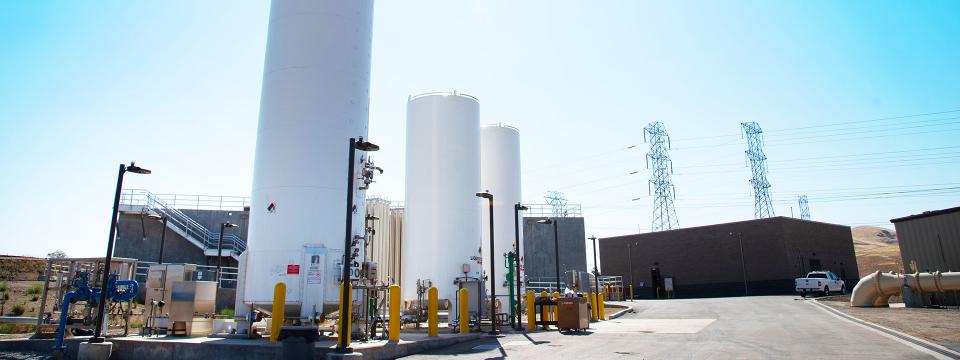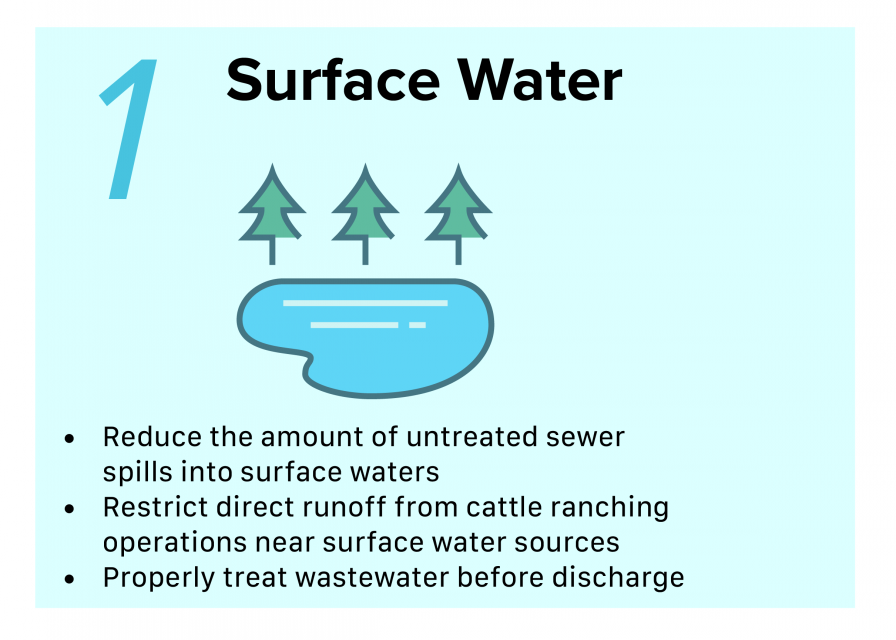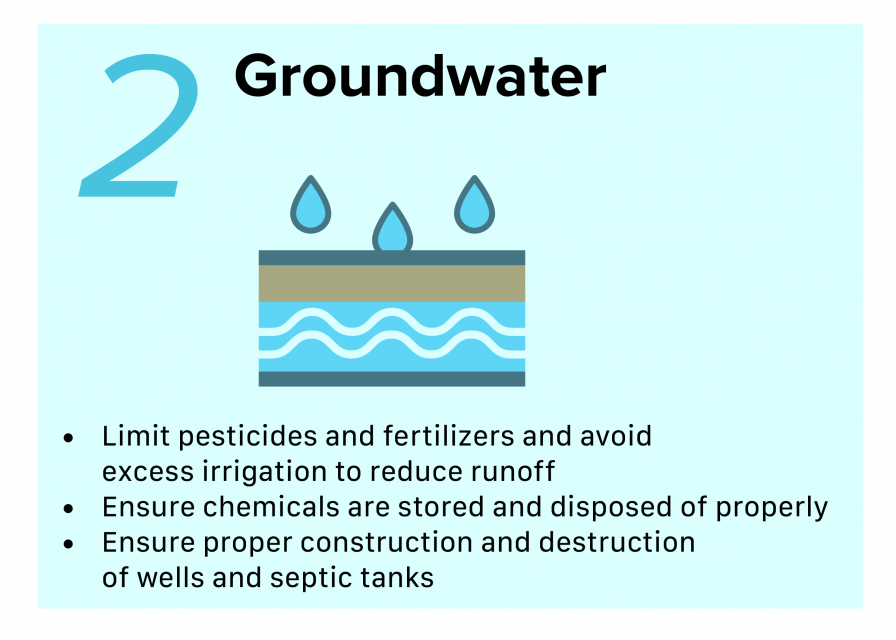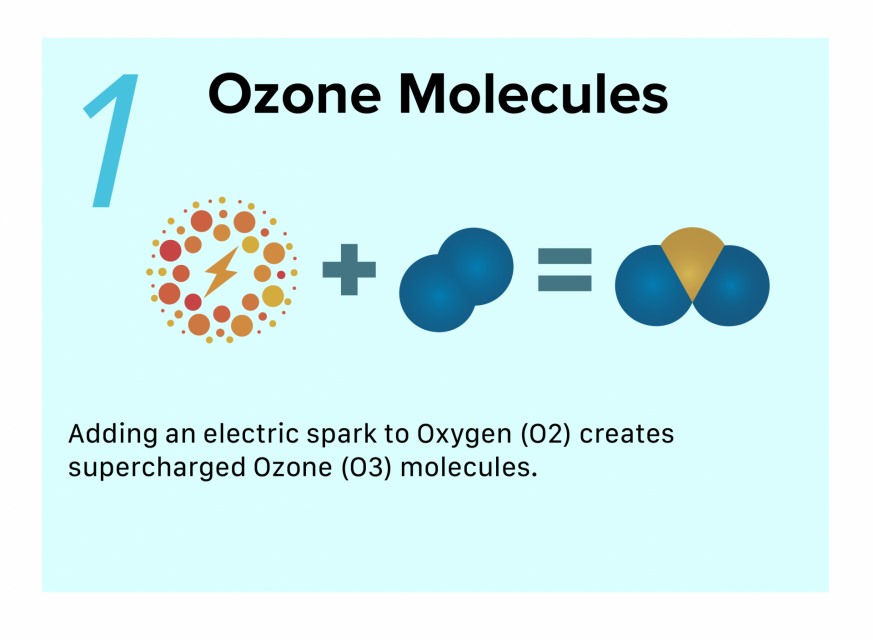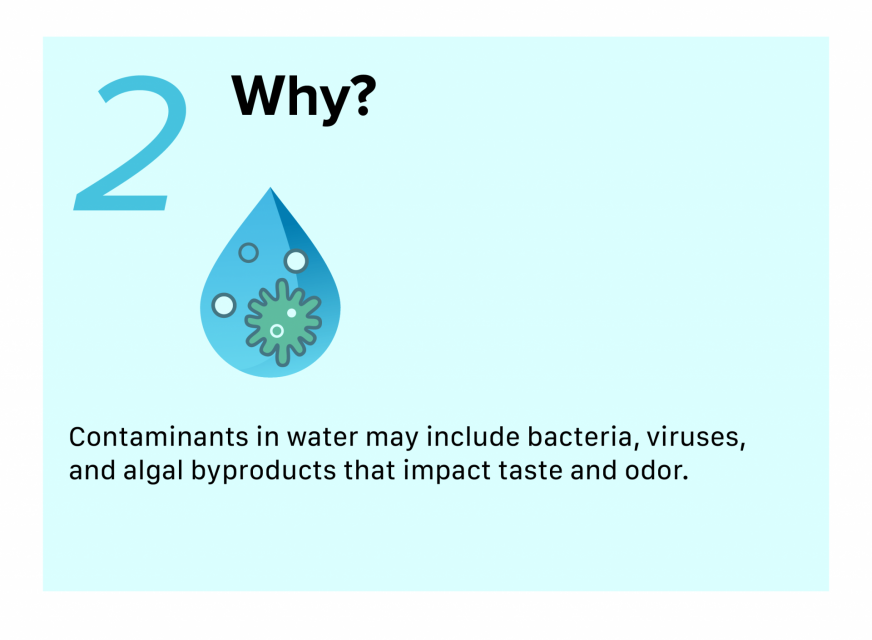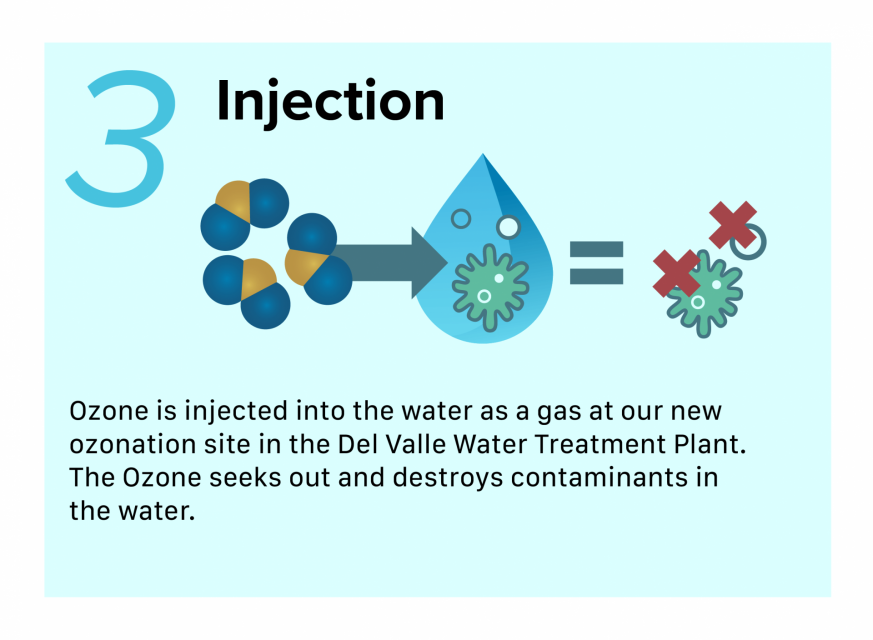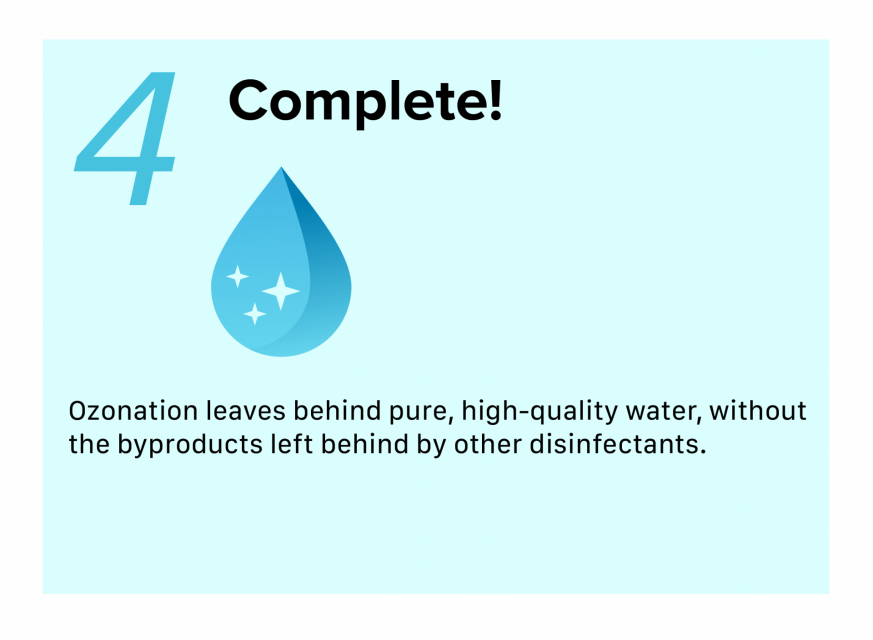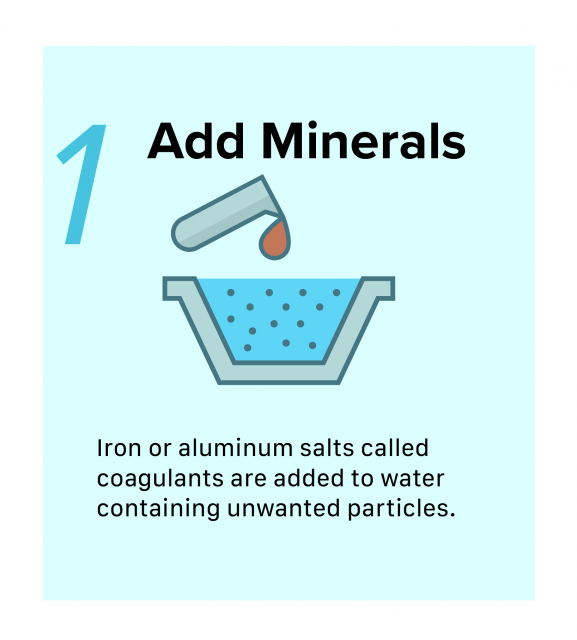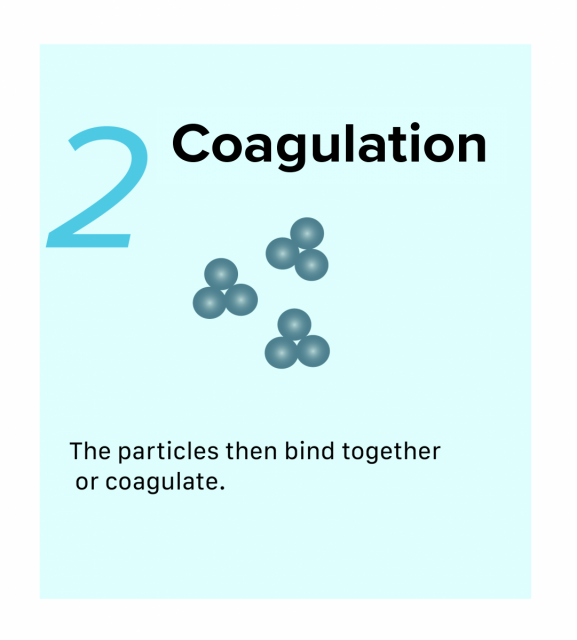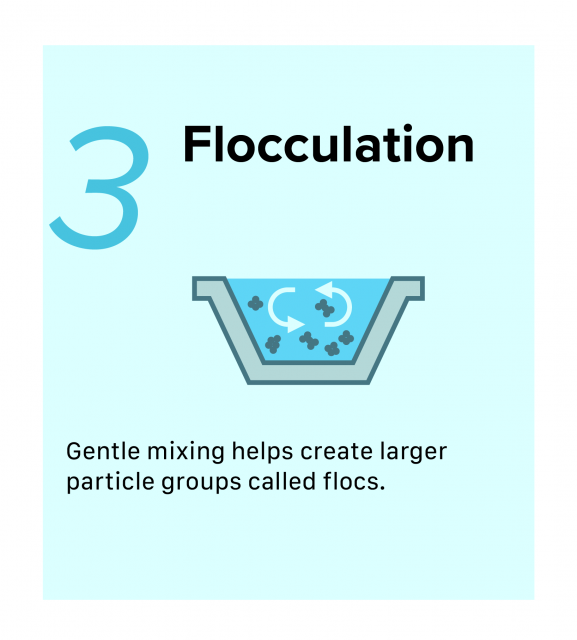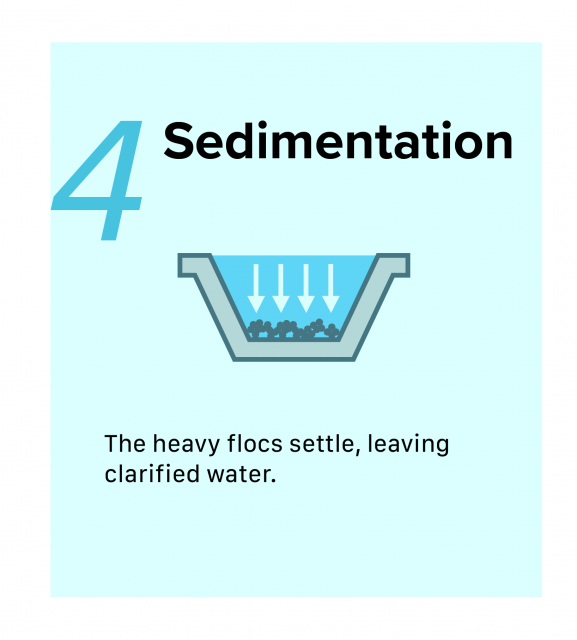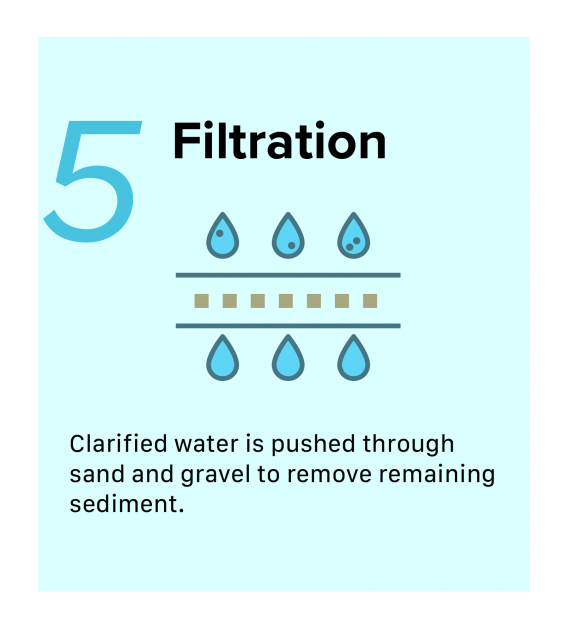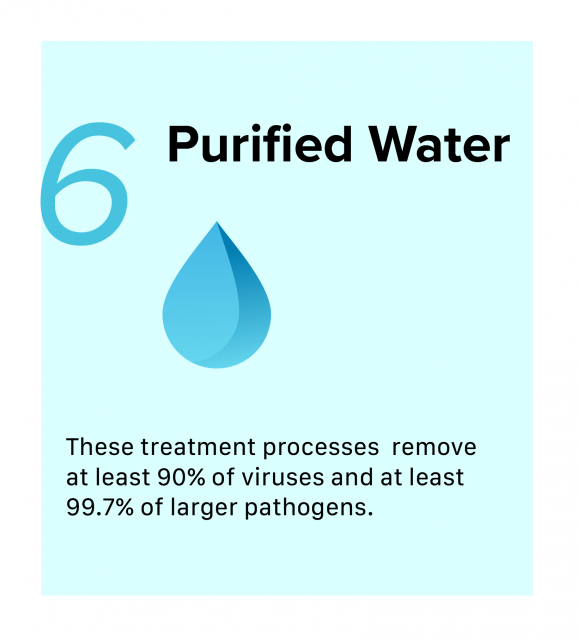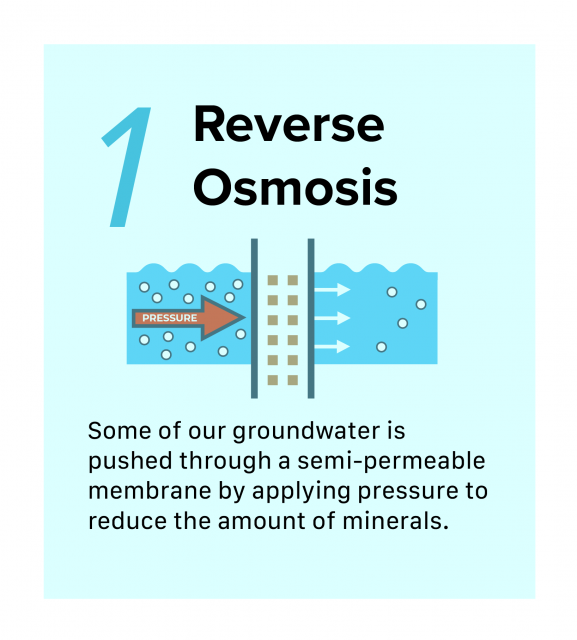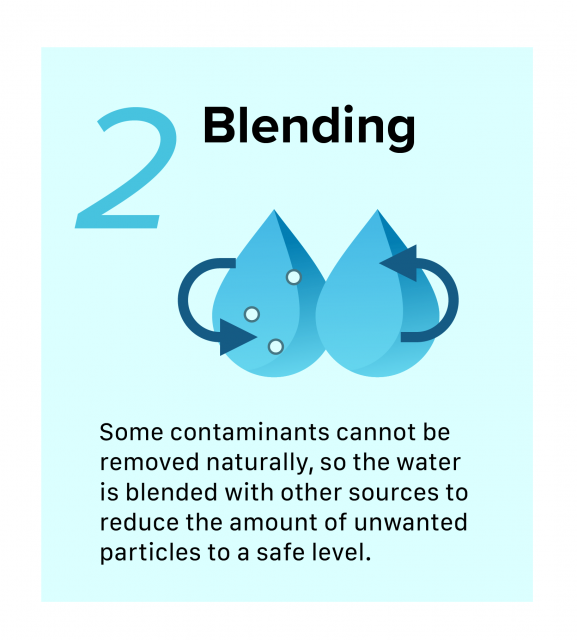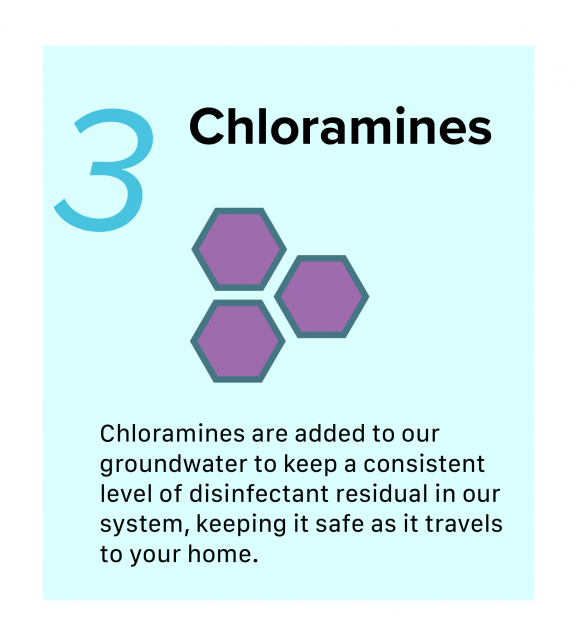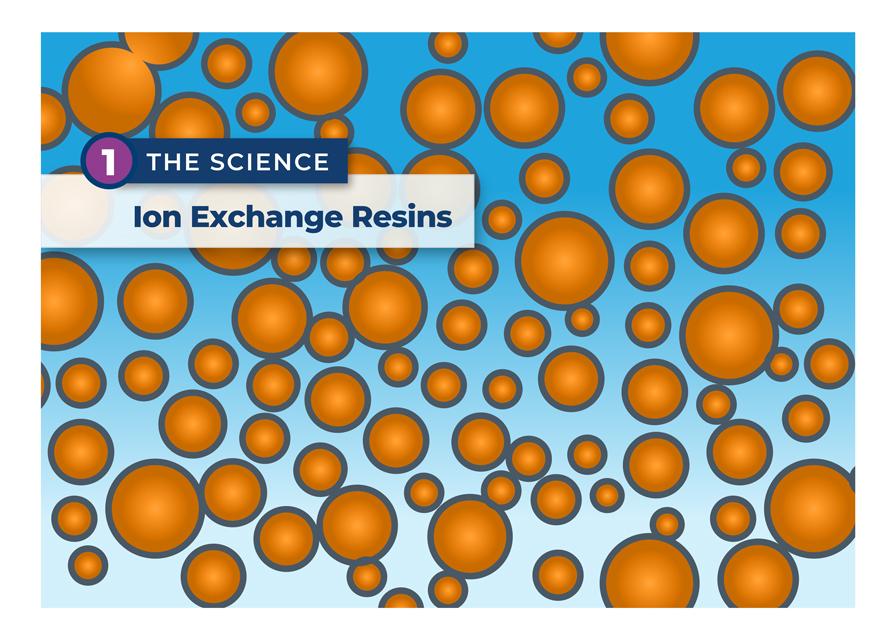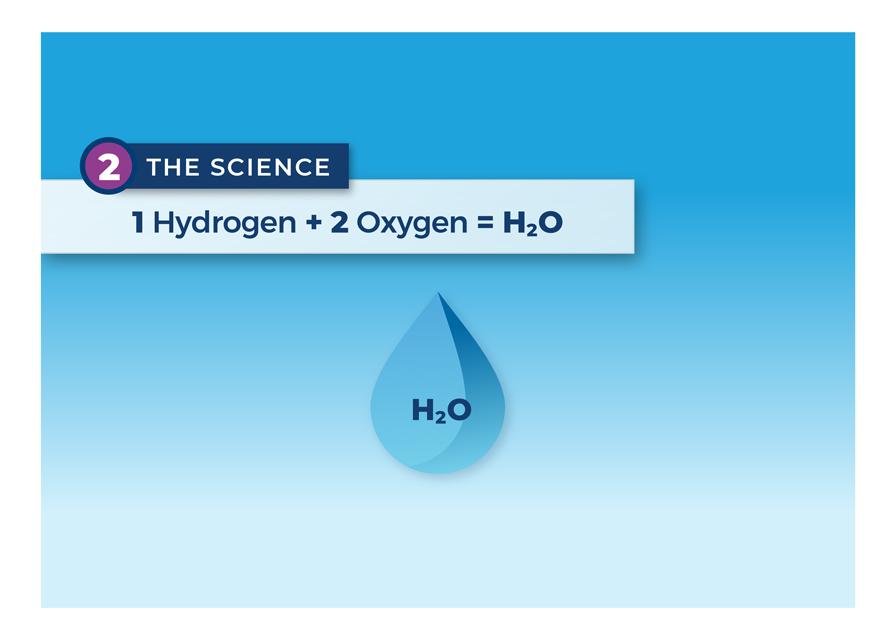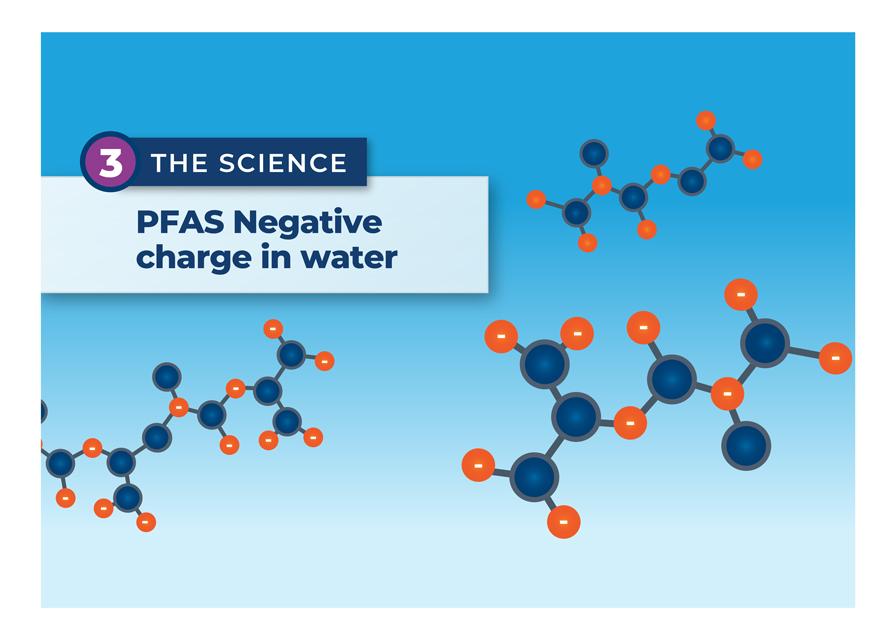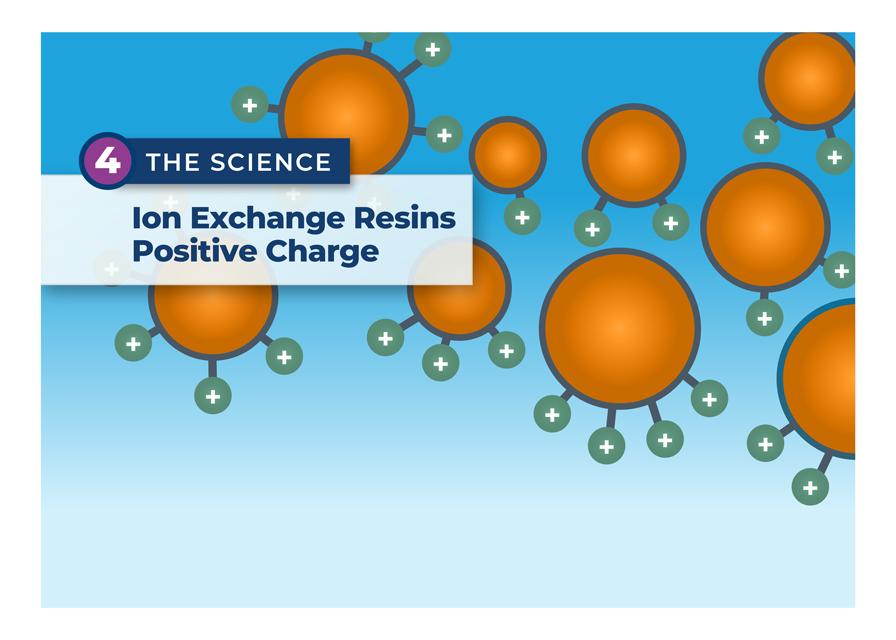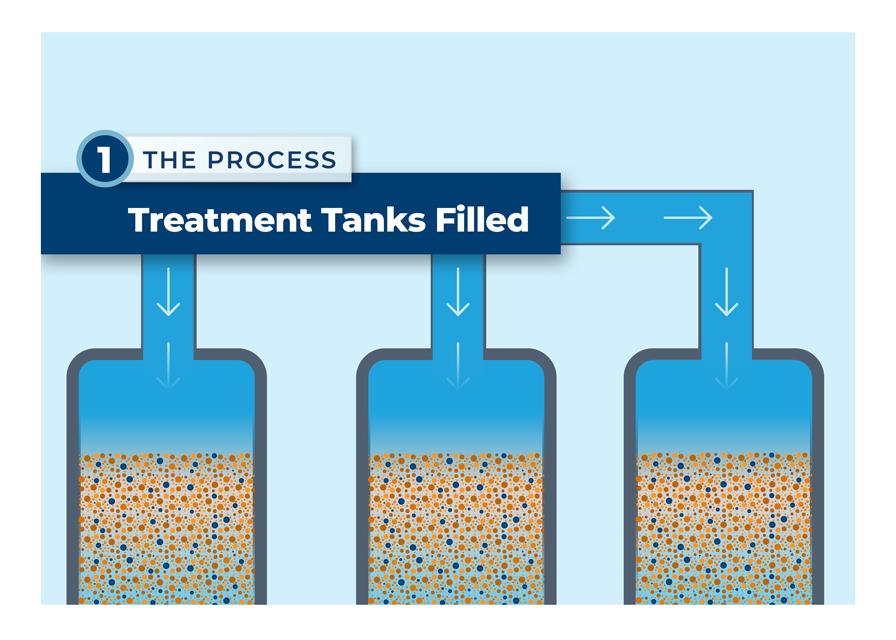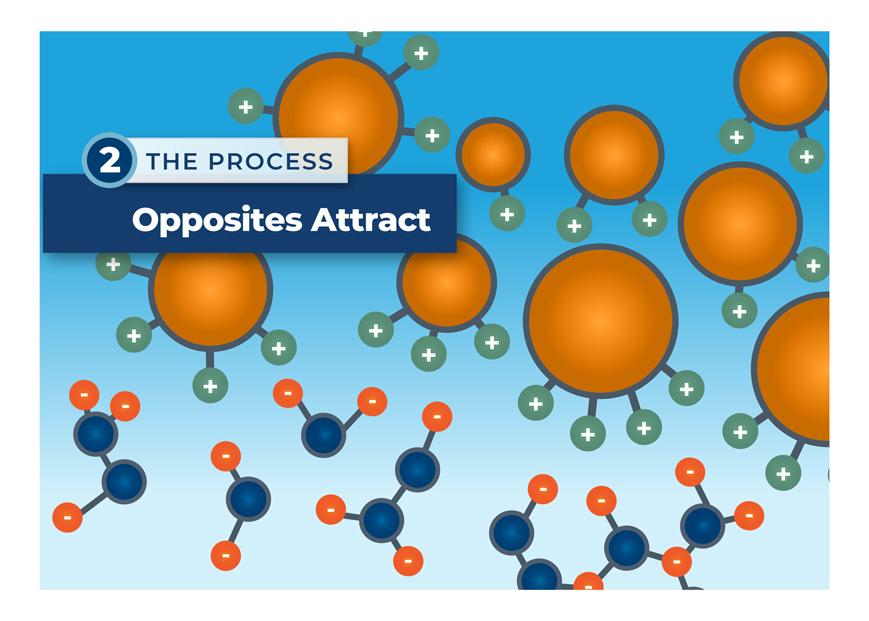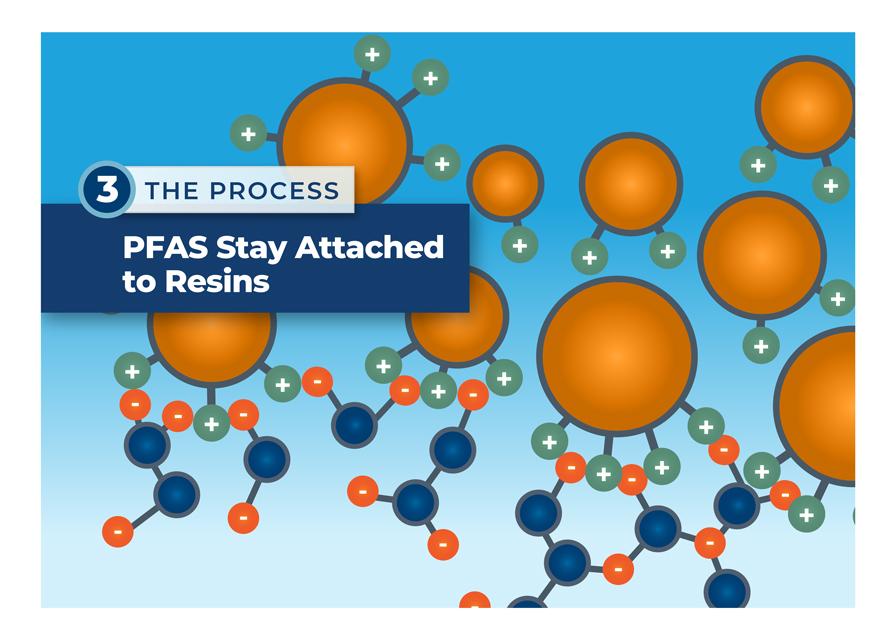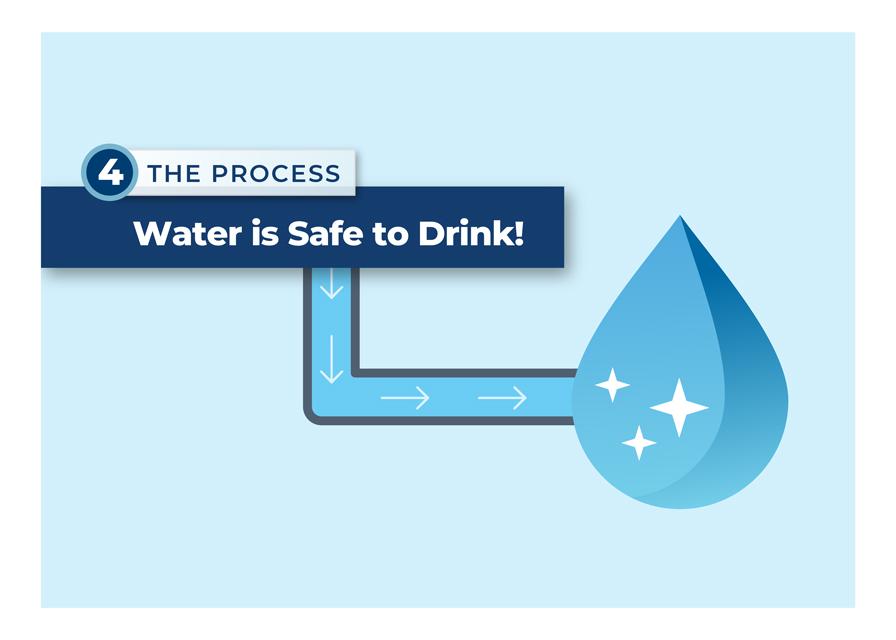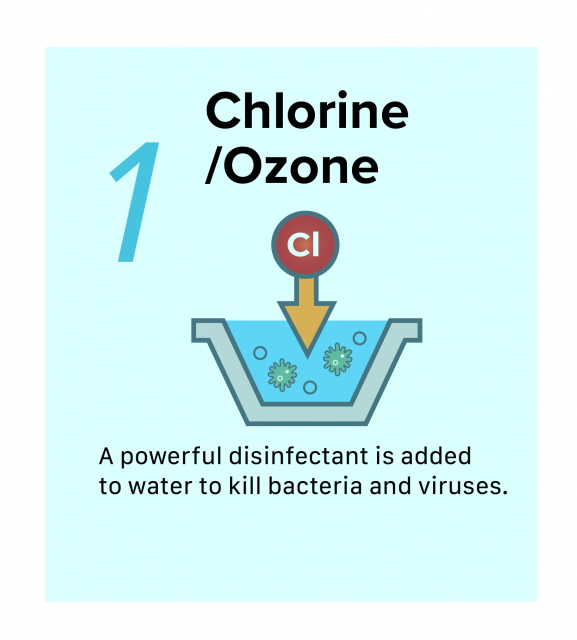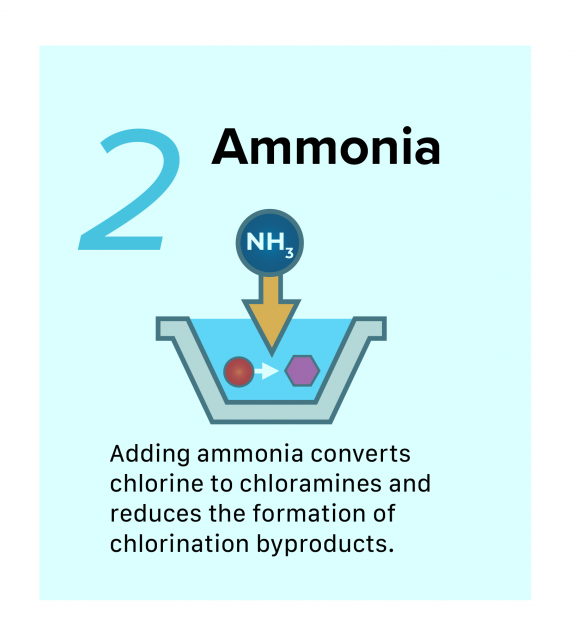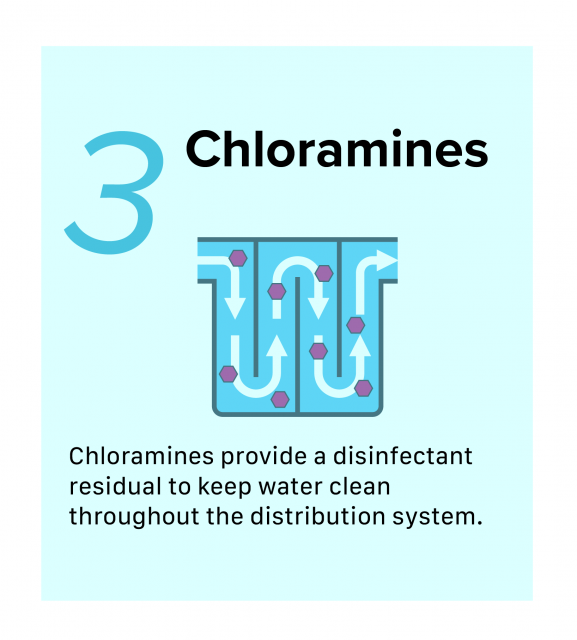Dive into the Wondrous World of Water
The world of water quality is often filled with complex terms and scientific language – from parts per trillion to turbidity. Luckily the technicians at Zone 7’s state-of-the-art lab conduct the science to ensure customers have safe and clean water. In order to provide full transparency, the Wondrous World of Water campaign helps answer the question, “what in the world does all this mean?”
Learn all about how water treatment works, the difference between ozone disinfection and chlorine disinfection, and how groundwater is treated differently than surface water through these animated videos, GIFs and infographics.
Where in the world do we start?
The world of water treatment is complex! There is a great deal of work that goes into preparing the water that originates as rain, snowmelt or from underground aquifers to meet the Zone 7 water quality goals before it can be delivered to homes and businesses.
Our water treatment process is carefully designed and managed to take water from different sources through multiple treatment steps before it reaches you. Thanks to best-in-class systems and a highly skilled team of experts, customers can be confident in drinking Zone 7 water straight from the tap.
Zone 7 Water Agency applies a multi-barrier approach from source to tap to safeguard water supplies and achieve high quality drinking water.
Our approach to water treatment includes the following multi-step process:
Source water protection
Source water protection simply means we help prevent contaminants from entering our water supply as much as possible. We use different forms of best management practices to protect our surface water and groundwater.
Ozone Treatment
Ozone treatment uses liquid oxygen and electricity to destroy contaminants with fewer byproducts.
Conventional dual-media filtration
Surface water is filtered at our state-of-the-art plant using a multi-step filtration process. This conventional filtration process removes particles and more than 99% of waterborne pathogens, including viruses.
Blending and/or filtration
Groundwater is filtered naturally over time removing pathogens, however it picks up minerals in the process. We treat groundwater through a process of blending and/or reverse osmosis as needed to reduce the concentration of minerals and other types of contaminants in the water.
Ion Exchange PFAS Treatment
Ion Exchange PFAS Treatment uses special resins to attract PFAS. PFAS stay attached to the resins and clean, safe water passes through.
Disinfection
We disinfect our surface water using the scientifically proven method of chlorination to deactivate or kill remaining pathogens, aka germs!
Safe storage and distribution
Finally, a consistent level of disinfectant residual is maintained in our distribution system to prevent bacterial growth as water travels to your tap.
Ozonation Video: A whole New World of Water Treatment
Ozonation is a proven, successful water treatment method that uses ozone gas to effectively disinfect water. Ozone can replace chlorine as our main disinfectant, resulting in a higher quality finished water product. An ozone facility is currently online at Del Valle Water Treatment Plant and another is being added to Patterson Pass Water Treatment Plant, which is due to be completed in 2022.
This investment in ozonation will improve water by treating taste and odor impacts from algae growth, reducing chlorine-related byproducts and killing even more pathogens than chlorine.
Learn more about how in the world it works in our animated video!
Ion Exchange PFAS Treatment Video: See how it works
Zone 7 recently added Ion Exchange (IX) PFAS Treatment to its suite water quality treatment options. IX PFAS treatment is a proven process for effectively removing PFAS from groundwater.
Treatment tanks are filled with small IX resins designed to attract the type of PFAS detected in the local groundwater basin. The PFAS are removed from the water as they stay attached to the resins, allowing delivery of clean, safe water for homes and businesses.
Learn more about how in the world it works in our animated video!

